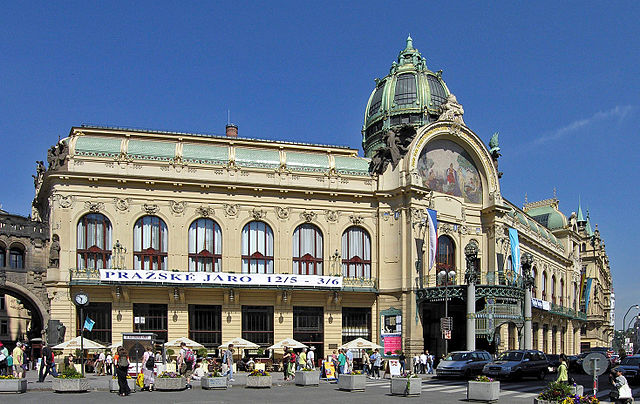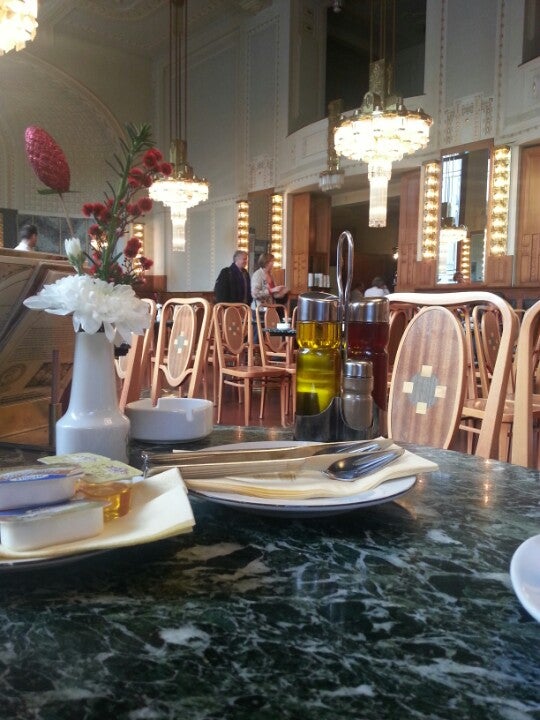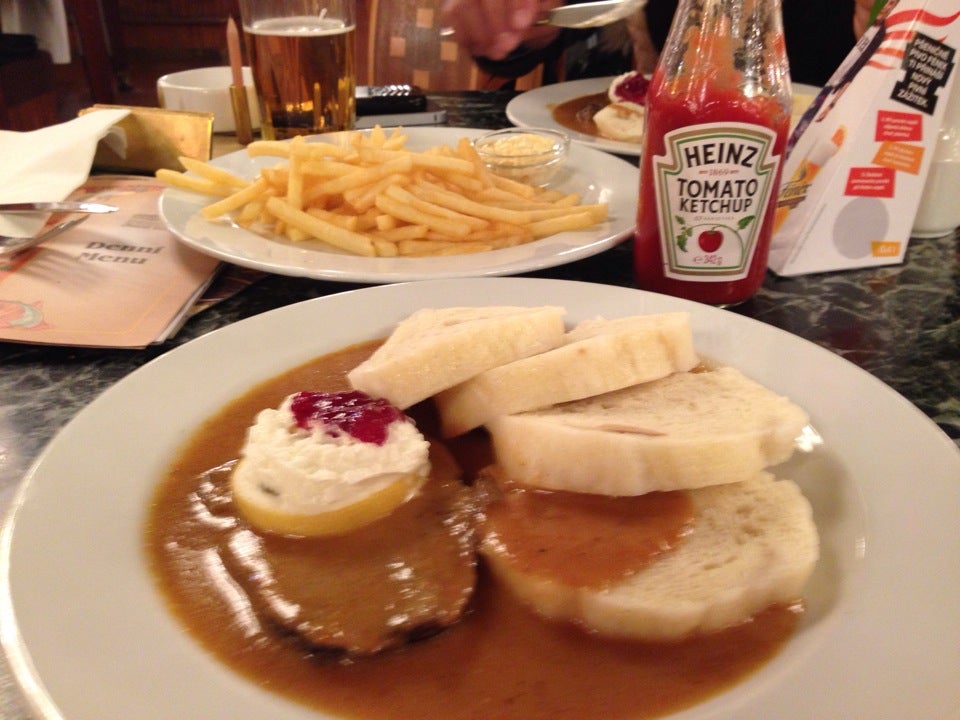See all Attractions in Prague
Municipal House (Obecní dům)
náměstí Republiky 5 Praha 1 - Staré Město 111 21 Phone: 222 002 101 http://www.obecnidum.czAbout
The Municipal House stands at the site of the royal residence called King's Court. It was a building from the time of Wenceslas IV around 1383, which served as an interim dwelling of King Zikmund; Ladislav Pohrobek died here and the coronation procession of Jiří z Poděbrad started its journey here. However, after 1490 Jagellons moved their seat to Buda and pledged the King’s Court in 1515. In 1631 Cardinal Arnošt Vojtěch Harrach redeemed it in order to establish the Archbishop Seminary there (from 1636). After the abolishment of the Jesuit order the seminar was moved to Klementinum and the army obtained the building. Králodvorská barracks remained here until 1869 and consequently the military cadet school was here. The King's Court was demolished in 1902 - 1903.The intention of the Prague City Hall to build a representative building and the desire of the most important Czech Burgher Association Měšťanská beseda to expand its facilities with the costs being paid by the City were at the birth of a new building, which would represent the capital city of the Kingdom and support the Czech social life. In 1902 the City Council approved the construction and in 1903 it approved the purchase of land next to the Powder Gate. In 1904 the project was approved and construction works began in 1905. The building was built from 1905 to 1911 according to the project of architect Antonín Balšánek and Osvald Polívka as a centre of the Czech cultural life and as a counter balance of the nearby German House and Casino and the German promenade at Na Příkopě Street. The construction started on 9 August 1905 by builders František Schlaffer and Josef Šebek. In November 1911 an exhibition of three leading Czech art clubs - Unity of Fine Arts, Fine Artists Association Mánes and the Group of Artists was opened here. The house was finally approved on 22 November 1912. It became the centre of social life and a place of important historical events, which is evidenced by the bronze plaque by Ladislav Šaloun that is located outside next to the Powder Gate. On 6 January 1918 the so-called Three Kings Declaration was adopted here calling for the creation of independent Czechoslovakia. In April, the National Oath was taken in the Smetana Hall and in June the Czechoslovak National Committee, the germ of the future parliament and government was established in the Grégr hall. On the balcony in front of the Mayor Hall the Czechoslovak Republic was proclaimed on 28 October 1918. At the same time the first law of the new republic was issued here and from 28 October to 13 November the first National Committee assembled here as the first parliament and the state government. One of the two plates in the Czech club comments on these events saying, "...Here the word of Comenius comes true: your government will return to you, Czech people." The period of the 1920s and 1930s was the most famous era of the Prague Representation House as was the name of the building at that time. Balls, festivals, professional conferences, exhibitions by leading artists and associations were held here. In November 1989, in the Smetana Hall actors joined the strike of students and the first meeting between Václav Havel and the former Prime Minister Ladislav Adamec was held here.The Municipal House stands on a plot of about 14,000 square meters, the built-up area is 4,214 m2 and the total building volume is approximately 14,000 cubic meters. There are about 1,240 rooms in the building.Externally, the Municipal House is a historic relic of 19th century, the mixture of pseudo-renaissance and pseudo-Baroque, but generally it is considered an important example of Prague Art Nouveau. The whole building is a testament to the skills and unprecedented quality of art and craft; the building was also very modern in terms of the used state of-the-art technological facilities in Central Europe at that time unprecedented. There were 28 electrical and hydraul




